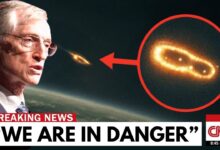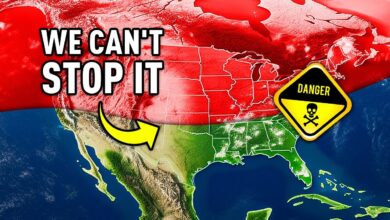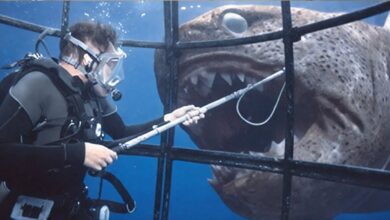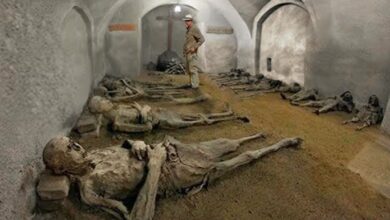The Closest Life Has Ever Come To Going Extinct

In the approximately 3.7 billion years of life on Earth, our planet has experienced many catastrophic events, including asteroid impacts, solar storms, volcanic eruptions, earthquakes, wildfires, droughts, and many others. While most of these events have not had a serious impact on life, they have occasionally led to extinction events, which are significant reductions in biodiversity.
Scientists have identified approximately 31 major extinction events in Earth’s history, and of these, five are considered the most devastating – the so-called “Big Five.” Of these five extinction events, the KT (end-Cretaceous extinction) event is the most famous because it marked the end of the reign of the dinosaurs when a giant asteroid hit the Earth, killing about 75% of all species. However, this was not the deadliest extinction event; That event was the Permian-Triassic Extinction, also known as the “Great Death.”
About 252 million years ago, at the end of the Permian period, Earth went through a devastating time. Before the Great Death, the planet had been hit by another extinction event about 10 million years ago, which caused a decline in species diversity and a dramatic drop in sea levels. At that time, Earth’s temperatures were much higher than they are today, especially at the equator — temperatures could reach 74°C, hot enough to cook a chicken.
Earth was then a supercontinent called Pangaea, where the continents were stuck together, creating vast areas of dry, uninhabitable land. A giant mountain range blocked the supercontinent, leaving many areas without rain, leading to drought and dead zones.

The Permian-Triassic extinction was caused primarily by massive volcanic eruptions in Siberia, which created a vast area of volcanic rock known as the “Siberian Traps,” about 68% the size of Europe. The eruptions lasted for hundreds of thousands of years, releasing billions of tons of carbon dioxide, ash, sulfur, and chlorine, creating a toxic atmosphere and turning the Earth into a “living hell.” Lava flows poured out, blanketing the land and incinerating everything in their path.
While nearby species died immediately, the effects did not stop there. The volcanic emissions caused a severe greenhouse effect, raising global temperatures by about 40°C, driving regions across the planet into drought and desertification. Oxygen levels dropped to about 15%, low enough to harm animals that had previously been accustomed to higher oxygen levels.
The sudden increase in ultraviolet radiation was another cause of devastation. Halogen compounds released by volcanoes destroyed the ozone layer, causing ultraviolet radiation to increase by up to 400% at the equator and up to 5,000% at the poles. As a result, many plant species mutated and died, severely affecting the entire ecosystem.
While the land was severely affected, underwater ecosystems were not spared. The seas became extremely acidic, and rising temperatures made it impossible for many marine species to survive. Ocean acidification disrupted food chains and led to a massive collapse of marine biodiversity.
Overall, the Permian-Triassic extinction event was a long series of environmental disasters with many sudden “pulses”, causing life to go through a painful period that lasted hundreds of thousands of years.








